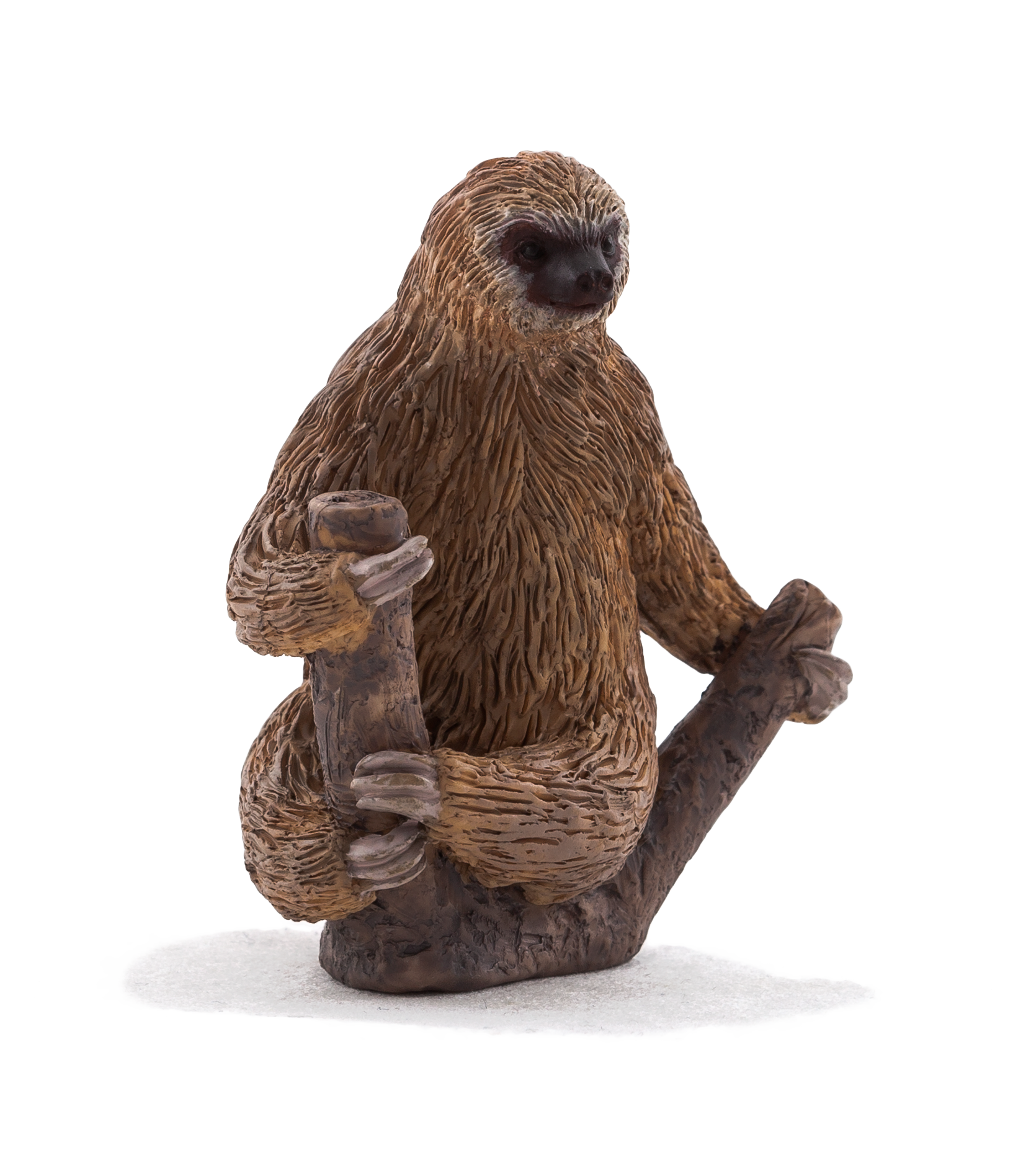
This image has format transparent PNG with resolution 1633x1896.
You can download this image in best resolution from this page and use it for design and web design.
Sloth PNG with transparent background you can download for free, just click on download button.
Sloths are arboreal mammals noted for slowness of movement and for spending most of their lives hanging upside down in the trees of the tropical rainforests of South America and Central America. The six species are in two families: two-toed sloths and three-toed sloths. In spite of this traditional naming, all sloths actually have three toes. The two-toed sloths have two digits, or fingers, on each forelimb.
The sloth is so named because of its very low metabolism and deliberate movements, sloth being related to the word slow. This is an evolutionary adaptation to their low-energy diet of leaves, and to avoid detection by predatory hawks and cats who hunt by sight. Sloths are almost helpless on the ground but are able to swim. The grooved hairs of the sloth's shaggy coat is a host to symbiotic green algae which helps the sloth camouflage itself in the trees, and provides nutrients to the sloth. The algae in turn nourishes sloth moths, some species of which exist solely on sloths.
They are classified in the order Pilosa along with the anteaters. Extinct sloth species include many megafaunal ground sloths, some of which attained the size of elephants, as well as marine sloths.
The common ancestor of the two existing sloth genera dates to about 40 million years ago, with similarities between the two- and three- toed sloths an example of convergent evolution.
The ancient Xenarthra included a much greater variety of species than today. Ancient sloths were not arboreal but dwelled on land, and were the size of bears. The Megatherium, a widespread species was larger than an elephant.
It is thought that swimming led to oceanic dispersal of Pilosans of the Caribbean to the Antilles by the Oligocene, and that the megalonychid Pliometanastes and the mylodontid Thinobadistes were able to colonise North America about 9 million years ago, well before the existence of the Isthmus of Panama. Additionally, the nothrotheriid Thalassocnus of the west coast of South America became adapted to a semiaquatic marine lifestyle.
In Peru and Chile, sloths of the genus Thalassocnus adapted to a coastal marine lifestyle beginning in the late Miocene. Initially they just stood in the water, but over a span of four million years they eventually evolved into swimming creatures.
Baby sloths learn what to eat by licking the lips of their mother. All sloths eat the leaves of the cecropia.
Two-toed sloths have a diverse diet of insects, carrion, fruits, leaves and small lizards, ranging over up to 140 hectares. Three-toed sloths, on the other hand, have a limited diet of leaves from only a few trees, and no mammal digests as slowly.
They have made adaptations to arboreal browsing. Leaves, their main food source, provide very little energy or nutrients, and do not digest easily, so sloths have large, slow-acting stomachs with multiple compartments in which symbiotic bacteria break down the tough leaves. As much as two-thirds of a well-fed sloth's body weight consists of the contents of its stomach, and the digestive process can take a month or more to complete.
Three-toed sloths go to the ground to urinate and defecate about once a week, digging a hole and covering it afterwards. They go to the same spot each time and are vulnerable to predation while doing so. This may be relevant for maintaining the ecosystem in the sloths' fur. Individual sloths tend to spend the bulk of their time feeding on a single "modal" tree; by burying their excreta near the trunk of that tree, they may help nourish it. Recent research shows that moths, which live in the sloth's fur, lay eggs in the sloth's feces. When they hatch, the larvae feed on the feces, and when mature fly up onto the sloth above.
In this page you can download free PNG images: Sloth PNG images free download